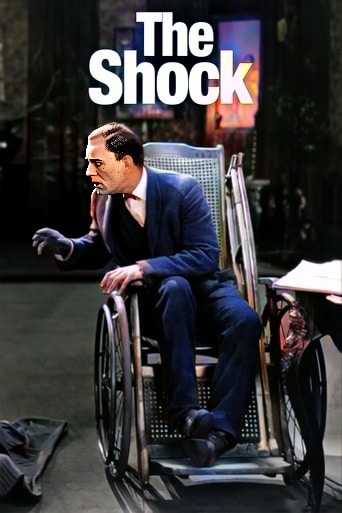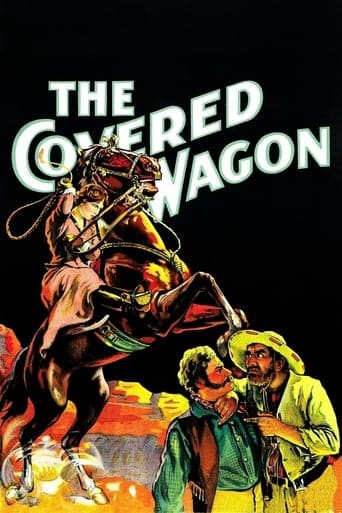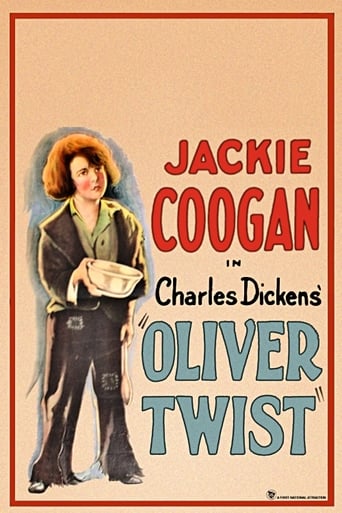The Shock (1923)

 “The Shock” (1923), directed by Lambert Hillyer and starring Lon Chaney, Virginia Valli, and Jack Mower, is a compelling silent film that weaves together elements of crime, romance, and human resilience.
“The Shock” (1923), directed by Lambert Hillyer and starring Lon Chaney, Virginia Valli, and Jack Mower, is a compelling silent film that weaves together elements of crime, romance, and human resilience.
Against the backdrop of a nefarious blackmail scheme, the film unfolds a tale of unexpected connections and redemptive love.
At the heart of the narrative is a gang of blackmailers with a sinister plan to expose a banker, portrayed by Jack Mower. To carry out their scheme, they dispatch a cripple to San Francisco, a character brought to life by Lon Chaney, the legendary actor known for his transformative performances. Chaney’s ability to convey depth and emotion through his physicality shines in this role.
The unexpected twist in the storyline occurs when the cripple encounters the banker’s daughter, played by Virginia Valli. Instead of adhering strictly to the blackmail plot, the film takes an unexpected turn as the cripple finds himself drawn to the banker’s daughter. This shift introduces a romantic element that adds layers of complexity to the characters and their motivations.
Lon Chaney’s portrayal of the cripple transcends mere physicality, delving into the character’s emotional journey. His performance brings nuance to a role that could easily have been reduced to a stereotype. Chaney’s ability to evoke empathy for his character’s struggles and, at the same time, challenge preconceived notions about disability is a testament to his artistry.
The relationship that blossoms between the cripple and the banker’s daughter becomes the emotional core of the film. It explores themes of love, compassion, and the transformative power of human connection. Against the backdrop of a sinister plot, the unexpected romance adds depth and resonance to the narrative.
Virginia Valli delivers a strong performance as the banker’s daughter, navigating the complexities of her character’s emotions as she becomes entangled with the mysterious cripple. The chemistry between Chaney and Valli contributes to the film’s emotional impact, elevating it beyond a conventional crime thriller.
The visual storytelling in “The Shock” is a testament to the craftsmanship of silent cinema. Lambert Hillyer’s direction, combined with atmospheric cinematography, captures the mood and tension of the narrative. The absence of spoken dialogue is compensated by expressive performances and the evocative power of visual sequences.
Beyond its immediate narrative, “The Shock” offers a reflection on societal perceptions of disability. Lon Chaney’s portrayal challenges stereotypes and brings humanity to a character often marginalized in early cinema. The film provides a platform for empathy and understanding, urging audiences to see beyond physical appearances.
As a classic silent film, “The Shock” stands as a reminder of the innovative storytelling techniques of its time. The film’s ability to blend genres, introduce unexpected twists, and explore the depths of human emotion demonstrates the richness and diversity of silent-era cinema.
In conclusion, “The Shock” is a classic that transcends the boundaries of its genre. Lon Chaney’s transformative performance, coupled with a narrative that blends crime and romance, elevates the film to a poignant exploration of human connection. As we revisit this silent gem, we appreciate its contribution to the legacy of early cinema and its enduring impact on storytelling in film.
Release Date: June 10th, 1923
Main Cast Members
Lon Chaney (Wilse Dilling)
Virginia Valli (Gertrude Hadley)
Jack Mower (Jack Cooper)
William Welsh (Mischa Hadley)
Henry A. Barrows (John Cooper, Sr.)
Christine Mayo (Ann Cardington)
Walter Long (The Captain)




